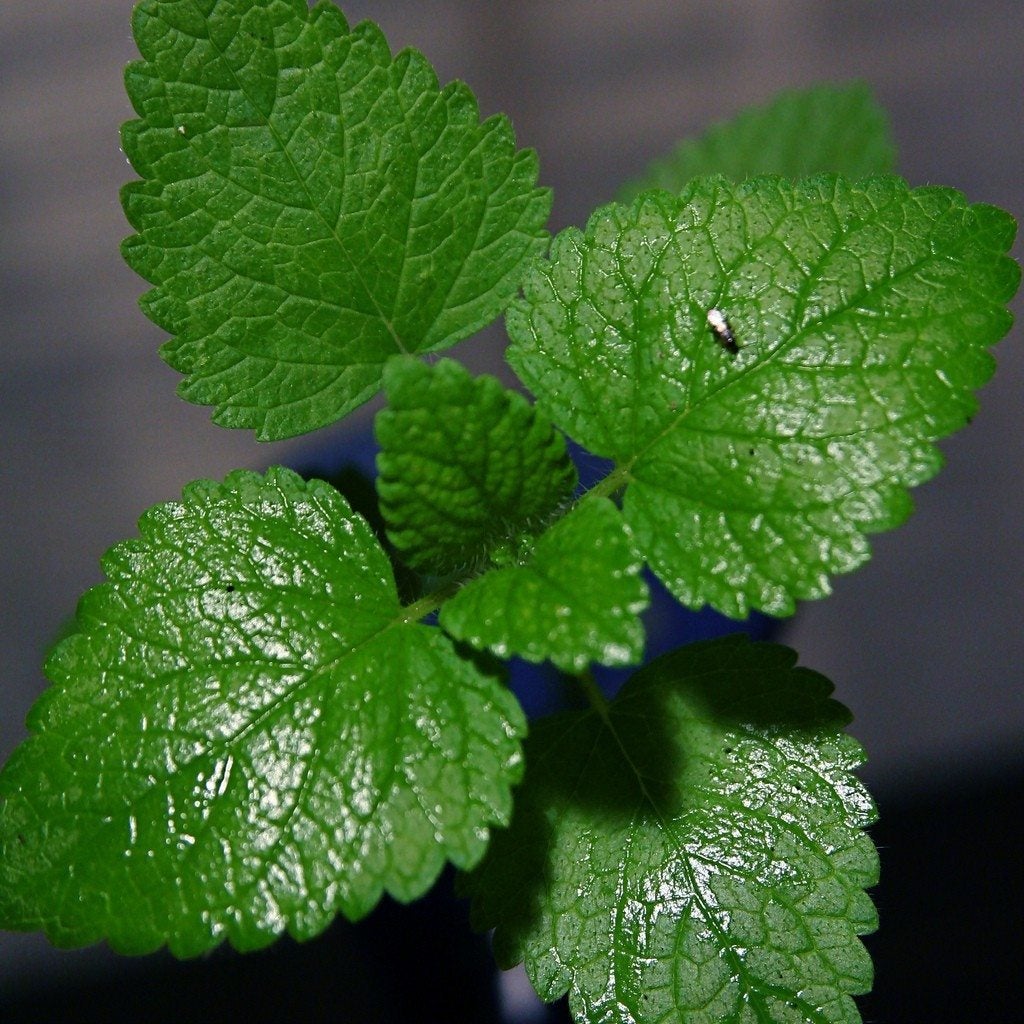How To Grow Mint Plants In Your Garden


While its aggressive nature and reputation for taking over the garden is well deserved, growing mint plants can be a rewarding experience if it's kept under control. Let's look at how to grow mint.
Mint Plants: Herbs Worth Growing
Numerous mint varieties exist, and all are worth growing in the garden. While they're most often used for flavoring dishes or as garnishes, many types of mint are also grown for their unique aromas. Some of the most commonly grown mint plants include:
Growing Mint from Seed or Root Cuttings
All mint varieties except peppermint can be grown from seed. Peppermint does not produce seeds; therefore, this type must only be propagated by taking root cuttings from established plants. All types of mint, however, can be grown by this means.
In fact, taking a cutting is one of the easiest methods for growing mint. Simply pull or snip off a rooted piece of mint growing from the parent plant. Pot it up and water. Large clumps can also be dug up and divided into smaller plants.
How to Grow Mint Plants
One of the best ways to grow mint in the garden without the threat of rampant spreading is by using containers. Merely sink them into the soil leaving the top sticking out about an inch (2.5 cm.) or so. You may also want to keep the containers spaced at least a foot or two (31-61 cm.) apart to prevent various types from cross-pollinating.
Although most varieties of mint are easy to grow in various settings, these plants thrive best when located in organically rich, moist but well-drained soil. Full sun to partial shade is also acceptable for growing mint. Mint leaves can be harvested for use in the kitchen once plants have begun to flower.
Learn How One Garden Is Growing Mint For Good
Gardening tips, videos, info and more delivered right to your inbox!
Sign up for the Gardening Know How newsletter today and receive a free copy of our e-book "How to Grow Delicious Tomatoes".
Problems Affecting Mint Plants
While growing mint usually presents few problems other than aggressive spreading on the part of the plant itself, pests can occasionally affect mint plants. Some of the most common include aphids, spider mites, cutworms, and mint root borers. Mint can also be susceptible to diseases such as mint rust, verticillium wilt, and anthracnose.
Now that you know how to grow mint in your garden, you can grow this versatile herb in your garden.

Nikki Tilley has been gardening for nearly three decades. The former Senior Editor and Archivist of Gardening Know How, Nikki has also authored six gardening books.
-
 Try The Trend – Turn Any Bed Into A Keyhole Garden With This Clever In-Ground Composter
Try The Trend – Turn Any Bed Into A Keyhole Garden With This Clever In-Ground ComposterKeyhole gardening is an efficient and sustainable practice that saves space. Get started on this DIY project quickly and easily with an in-ground composter.
By Bonnie L. Grant
-
 4 Superfast Composting Methods: Turn Waste Into Garden Gold In 30 Days Or Less
4 Superfast Composting Methods: Turn Waste Into Garden Gold In 30 Days Or LessTry the fastest composting methods to turbocharge your pile and transform kitchen scraps and garden waste into finished compost in just a few weeks.
By Mary Ellen Ellis